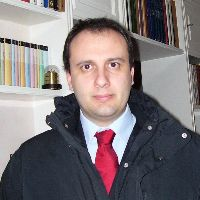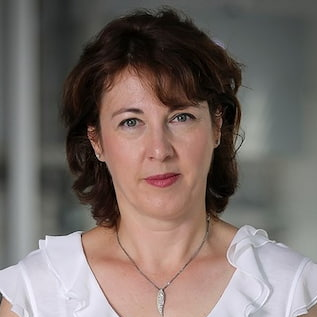New Advances in Microwave Technologies and Its Applications
A special issue of Technologies (ISSN 2227-7080). This special issue belongs to the section "Innovations in Materials Processing".
Deadline for manuscript submissions: closed (20 December 2022) | Viewed by 4633
Special Issue Editors
Interests: metallurgy; thermal applications of microwaves to metals; electromagnetic modeling; composite materials and refractory materials
Special Issues, Collections and Topics in MDPI journals
Interests: microwaves; scale-up; microwave plasma; microwave-assisted synthesis; microwave drying; microwave-assisted extraction; sterilization; pasteurization
Special Issues, Collections and Topics in MDPI journals
Special Issue Information
Dear Colleagues,
Microwave-assisted processes are currently undergoing investigation for applications in a number of fields where the advantages of microwave energy may lead to significant savings in energy consumption, process time, and environmental remediation. Design limitations dictated by the operation of magnetron microwave generators have to be taken into consideration when working with applicators/reactors based on such generators, especially in the context of continuous manufacturing, for which the industry is adopting rigorous and robust measures to minimize risks and avoid batch failures. As such, there is a necessity to explore new reactor concepts by emphasizing on dedicated designs that assure controllability and monitoring of the process conditions. The recent advent of high power microwave solid state generators as well as the opening of new opportunities for processing materials has the potential to address these issues especially at lab scale and implicitly, in resulting industrial applications. This Special Issue is intended to present an update on emerging fields of applications of microwave technology, as well as on consolidated applications which are now benefiting from the use of the microwave technology. The Special Issue is focused on technologies, and hence, papers addressing microwave sources and applicators, modelling of microwave processing of materials, control and improvement of heating homogeneity, optimization of energy efficiency, achievement of unique products, and scale-up of research results are particularly welcome.
Prof. Dr. Paolo Veronesi
Dr. Marilena Radoiu
Guest Editors
Manuscript Submission Information
Manuscripts should be submitted online at www.mdpi.com by registering and logging in to this website. Once you are registered, click here to go to the submission form. Manuscripts can be submitted until the deadline. All submissions that pass pre-check are peer-reviewed. Accepted papers will be published continuously in the journal (as soon as accepted) and will be listed together on the special issue website. Research articles, review articles as well as short communications are invited. For planned papers, a title and short abstract (about 100 words) can be sent to the Editorial Office for announcement on this website.
Submitted manuscripts should not have been published previously, nor be under consideration for publication elsewhere (except conference proceedings papers). All manuscripts are thoroughly refereed through a single-blind peer-review process. A guide for authors and other relevant information for submission of manuscripts is available on the Instructions for Authors page. Technologies is an international peer-reviewed open access monthly journal published by MDPI.
Please visit the Instructions for Authors page before submitting a manuscript. The Article Processing Charge (APC) for publication in this open access journal is 1600 CHF (Swiss Francs). Submitted papers should be well formatted and use good English. Authors may use MDPI's English editing service prior to publication or during author revisions.
Keywords
- microwave processing
- solid state generators
- scale-up
- modelling
- heating homogeneity
- energy efficiency
- bioresources
- environment
- cosmetics
- chemistry
- biochemistry
- food
- agriculture
- materials
- plasma






